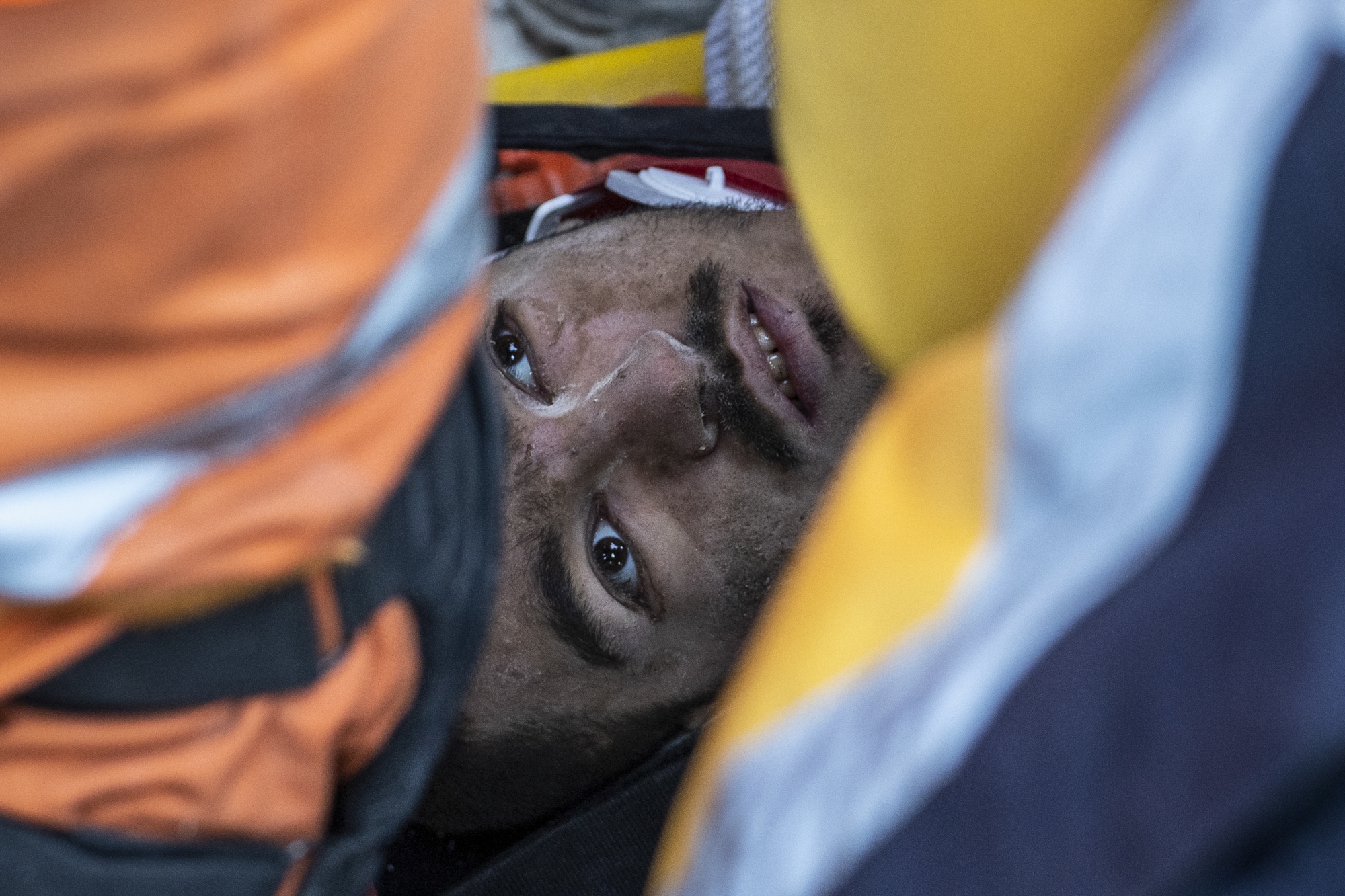
And while the number of victims from the killer earthquake in Turkey And in Syria approaching 44,000, two more “miracles” became known: a 17-year-old girl and a 77-year-old woman were pulled alive from the rubble after 248 and 212 hours, respectively. What are the parameters of such “miracles”? How often do disasters of this magnitude happen? How long can those trapped under the rubble of an earthquake last? What factors determine whether they will live or not?
“It depends on their possible injuries, on how they got trapped – some were lucky and they ended up in a “nest” created in the rubble – and on the weather conditions in the area. Many people are seriously injured or injured as a result of falling concrete slabs or other building materials. If they are not released within the first hour, the “golden hour” as rescuers call it, hope is quickly lost. In general, the most successful rescue operations occur during the first day. After this period, the chances of survival decrease sharply every day. says “K”from Boston, O. George VelmahosProfessor of Surgery at Harvard Medical School and Director of the Department of Trauma, Emergency Surgery and Critical Care at Mass General, Massachusetts General Hospital, the “flagship” Medical School of the renowned university.
Access to water and as clean air as possible – “because many people die from dust inhalation” – is also an important determining factor. As well as the consequences of not taking their medicines for those suffering from serious illnesses. Age and physical condition are also important parameters. Therefore, rescuers are struggling with time. However, speed is not enough when the release takes place. How important too. Rescue movement and immediate medical attention in accordance with strict emergency medical protocols.
Falling in love syndrome
The most successful rescue operations occur during the first day. After this period, the chances sharply decrease every day.
“The birth of this specialty actually happened in 1941 in London. Hundreds of survivors emerged from the ruins of the city bombed by German aircraft, they looked healthy, were taken to hospitals, but collapsed in the corridors a few hours later. These losses are called “smiling deaths” in the relevant literature – shortly before they took their last breath, these people smiled with relief,” explains Giorgos Velmahos, then describing the cause of death: crush syndrome.
“When a part of our body is under prolonged pressure and the muscles contract, their blood supply is cut off and the cells die, releasing myoglobin, potassium and uric acid, which are very toxic, especially to the kidneys and heart. Once released, when blood circulation is restored, these toxic substances are carried throughout the body, causing kidney or respiratory failure, arrhythmias, fibrillation, and even a heart attack. And therefore, unfortunately, many rescued people eventually die if specific measures are not taken before their extraction, such as the introduction of serum to hydrate the body and “purify” the blood.”

How likely is it that such protocols were observed in Turkey and Syria? “Probably difficult. The affected areas are already very degraded, with shortcomings and problems in their healthcare structures. I’m sure that, unfortunately, in hospitals, many trapped people died after a few hours. I’m afraid we will never know how many” , – continues the outstanding Greek surgeon, pointing out the need for further development of emergency medicine in medical schools in our country.He believes that this has not been done.
What about the mental health problem? How does this affect survival? “Very! People trapped next to corpses, without contact with survivors or rescuers, usually lose hope. Conversely, those who fight alongside others feel – and prove – stronger. In general, those who are naturally optimistic and militant, the prognosis is better. Let me explain something: our mental state, emotions are usually accompanied by the secretion of proteins and hormones. Thus, psychology is largely physiology. “
Just to be on the safe side: After the 2011 Japan earthquake and tsunami, a teenager and his 80-year-old grandmother were found alive after being trapped in their ruined home for nine days. One gave courage to another…
Source: Kathimerini
Ashley Bailey is a talented author and journalist known for her writing on trending topics. Currently working at 247 news reel, she brings readers fresh perspectives on current issues. With her well-researched and thought-provoking articles, she captures the zeitgeist and stays ahead of the latest trends. Ashley’s writing is a must-read for anyone interested in staying up-to-date with the latest developments.